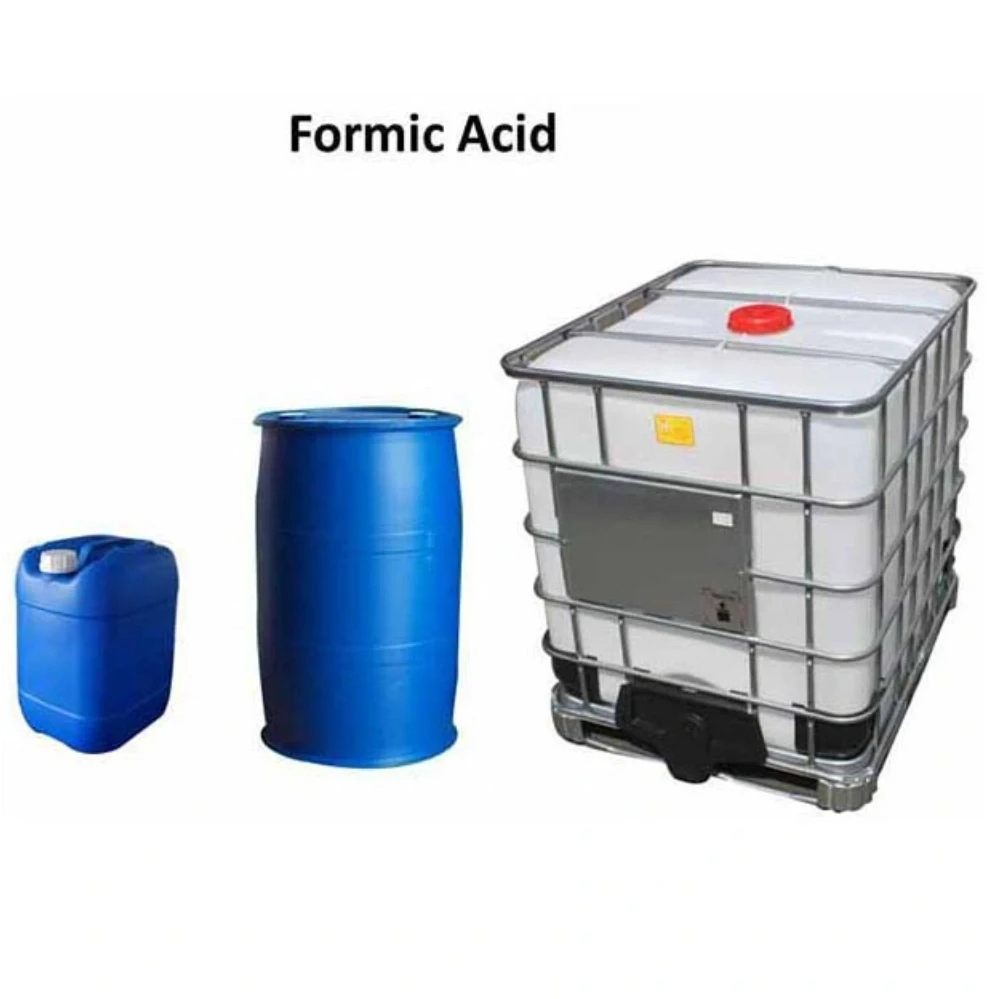



Anionic Polyacrylamide PAM Applications in Water Treatment and Soil Stabilization Techniques
Anionic Polyacrylamide (PAM) A Versatile Polymer for Environmental Applications
Anionic polyacrylamide (PAM) is a water-soluble polymer that has garnered significant attention across various industries due to its versatile properties and applications. It is primarily composed of acrylamide monomers, and by incorporating anionic groups, the resulting polymer exhibits enhanced solubility and reactivity. This unique combination of features enables PAM to serve numerous purposes, particularly in environmental management, water treatment, and agriculture.
Anionic Polyacrylamide (PAM) A Versatile Polymer for Environmental Applications
Furthermore, anionic PAM is widely employed in the mining industry for tailings management. Mining operations often produce large volumes of wastewater containing fine particles that can pose environmental risks if left untreated. By using anionic PAM, mining companies can effectively reduce the volume of tailings and enhance the recovery of valuable minerals. The polymer assists in dewatering processes, allowing for the separation of water from solid waste, which can then be responsibly disposed of or repurposed.
anionic polyacrylamide pam

In agriculture, anionic PAM is used as a soil conditioner to improve water retention and reduce erosion. When applied to agricultural fields, PAM can create a gel-like structure that retains soil moisture, allowing crops to thrive even during dry periods. This is particularly beneficial in arid regions where water scarcity is a significant challenge. By improving soil structure and preventing runoff, the use of PAM can lead to better crop yields and sustainable farming practices.
Moreover, anionic PAM finds applications in erosion control, especially in construction sites and disturbed land areas. When used as a part of erosion control blankets or applied directly to the soil surface, PAM helps bind soil particles together, reducing the likelihood of erosion caused by wind and water. This is crucial for maintaining soil integrity and preventing sedimentation in nearby water bodies, thereby protecting aquatic ecosystems.
Despite its numerous benefits, the use of anionic PAM requires careful consideration concerning its environmental impact. While the polymer is generally considered safe, its degradation in natural environments can be influenced by various factors, including temperature, pH, and microbial activity. It is essential to ensure that PAM is applied at appropriate dosages and under controlled conditions to minimize any potential adverse effects on the environment.
In summary, anionic polyacrylamide is a valuable polymer that offers diverse applications across various fields, from water treatment to agriculture and construction. Its ability to improve water quality, enhance mineral recovery, and promote soil health makes it an indispensable tool in environmental management. However, as with any chemical agent, responsible usage and thorough assessment of its environmental implications remain crucial. With ongoing research and development, anionic PAM is poised to continue making significant contributions to sustainable practices and addressing global challenges related to water scarcity and soil degradation.
-
Why Sodium Persulfate Is Everywhere NowNewsJul.07,2025
-
Why Polyacrylamide Is in High DemandNewsJul.07,2025
-
Understanding Paint Chemicals and Their ApplicationsNewsJul.07,2025
-
Smart Use Of Mining ChemicalsNewsJul.07,2025
-
Practical Uses of Potassium MonopersulfateNewsJul.07,2025
-
Agrochemicals In Real FarmingNewsJul.07,2025
-
Sodium Chlorite Hot UsesNewsJul.01,2025










